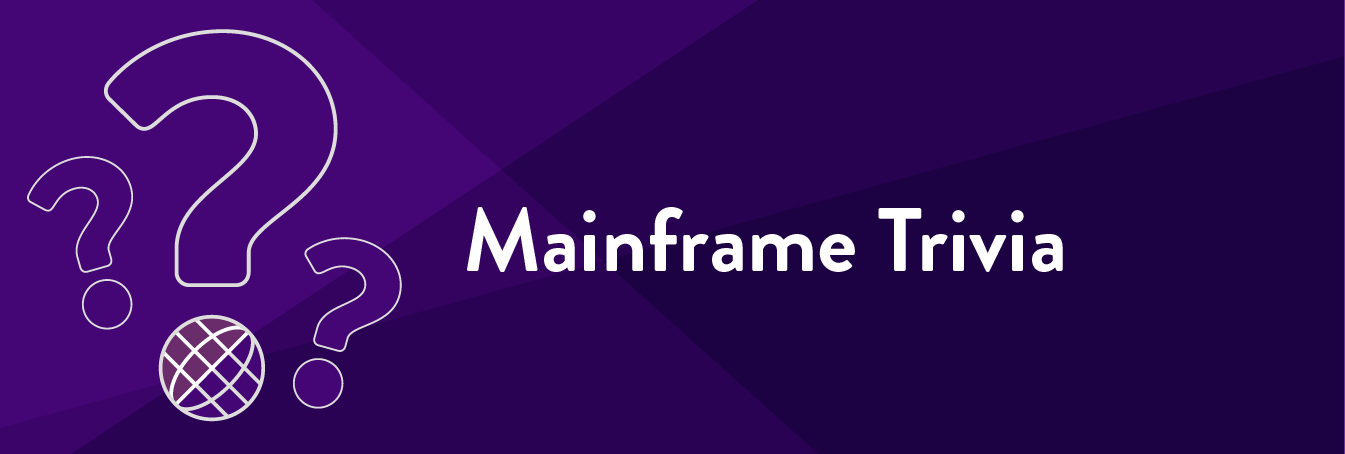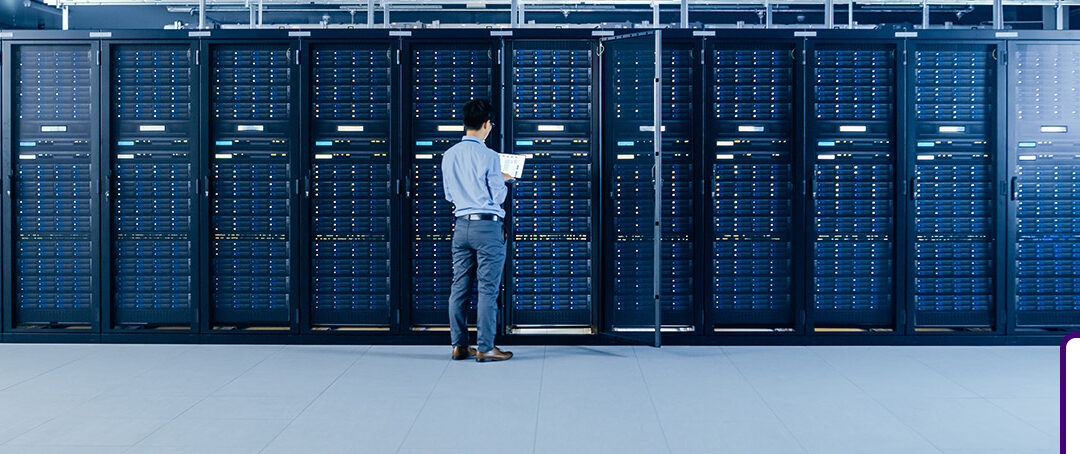The rise of cloud computing in recent decades has probably led some to believe that on-premise mainframe computing has become obsolete. Not so! In fact, argues Tamal Das, in a recent article outlining the similarities and differences (♧ HINT) between the two technologies, mainframe computing remains central to a significant proportion of major industries.
These industries (like banking, insurance, and government) rely on mainframe systems for the computing trifecta of agility, security, and resiliency. Of course, this isn’t to suggest that these businesses don’t also make use of cloud computing. Das suggests that many businesses can benefit from a hybrid approach to computing that could combine, for example, the use of cloud computing for business apps with the mainframe systems being reserved for critical transactional workloads.
But who invented the cloud computing platform that is now responsible for so many of these indispensable business apps? Subhasish Sarkar makes the argument (♧ HINT) that for decades, IBM Mainframes have provided organizations with the benefits that the modern cloud provides today. In fact, Sarkar sees modern cloud computing technology as an evolution of many of the services that are integral to an IBM Mainframe system.
Examples of these benefits include scalability, often touted as one of the key features of cloud computing. The mainframe, according to Sarkar, were built to scale from their inception. Virtualization and Resource Pooling are two other features of cloud computing that arguably have their roots in the mainframe.
Not convinced yet? Read the whole article before you decide! Then come back and take our trivia quiz:
To summarize, the mainframe and cloud computing are technologies that overlap in many of their functions, but differ in terms of their architecture, scalability, cost, and deployment models. Mainframe systems are, simply put, large, centralized systems that have been used for decades to run critical applications in large organizations.
Cloud computing, on the other hand, is a distributed computing model that enables organizations to access computing resources through the internet. Cloud computing has become increasingly popular due to its cost-effectiveness, scalability, and ability to support a wide range of applications and workloads.
But don’t assume that these benefits mean the end of the on-premise mainframe system. Despite the growth of new technologies and the shift towards decentralized computing models, the mainframe continues to be used by many large organizations for applications that require high levels of reliability, security, and performance.
The mainframe is well-suited for handling large amounts of data and transactions. They have also been designed to provide high levels of availability, even in the event of hardware failures or other issues. This makes them ideal for applications in business sectors that cannot afford downtime or data loss. It remains hard to imagine the financial sector, government, or healthcare system operating without a mainframe system at the heart of the organization.









0 Comments